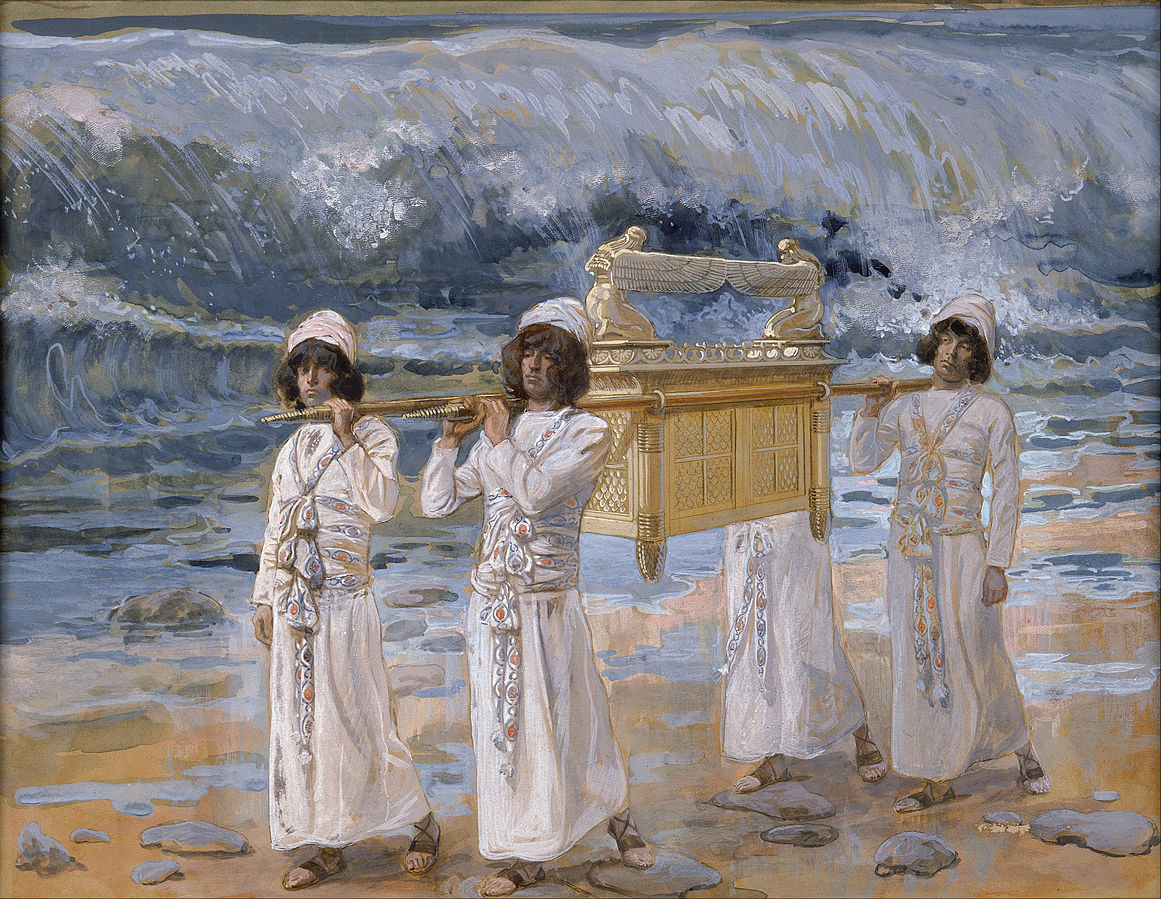We may not know where this monumentally important artifact is, but we can try to determine what it looked like.The Ark of the Covenant is described in the Bible as a gold-plated wooden chest that contains the two stone tablets engraved with the Ten Commandments, entrusted to Moses by God. The Israelites carried the Ark with them through their travels and even into battles, where its presence was credited with allowing the Israelite armies many victories.
Throughout much of the Old Testament, the Ark of the Covenant is an important relic that is mentioned frequently; however, as the narrative progresses, it eventually loses track of the Ark. Today, there is no concrete evidence of the Ark’s current whereabouts, although there are several sites that claim to have it hidden away.
We may not know where it is, but we have an idea of what the Ark looked like, and this may help us determine its origins. The most popular depiction of the Ark of the Covenant was created for the blockbuster film Raiders of the Lost Ark, the Indiana Jones movie that featured the title character wresting control of the biblical artifact from Nazi hands. It should be noted that the Ark featured in the movie was based on a painting by James Tissot.

While this big-screen depiction is most likely inaccurate, we can tell from the biblical description that some of its elements are correct. Don Knebel from the Biblical Archaeology Society notes several aspects of the Ark of the Covenant, as described in the Old Testament:
According to the Bible, the Ark of the Covenant, enthroning the invisible Jewish God, was carried on two poles attached by rings to the base. The Ark incorporated two “cherubim” facing each other, their wings extending over the “mercy seat” from which God spoke.
Knebel goes on to note some striking similarities between the Ark of the Covenant and the Egyptian Ark of Horus, which was housed in the Temple of Edfu. The Ark of Horus is shaped more like a boat, similar to those used by ancient Egyptians to traverse the Nile River. However, it still features a pair of cherubim, with wings spread over a statue of Horus, and it was similarly carried by sliding staves through rings on its side.
As the Temple of Edfu was built after Exodus, it is unclear if either the Egyptians or the Israelites were privy to the creation of each other’s Arks, but Knebel hypothesizes that it is possible that the Israelites modeled the Ark of the Covenant on of previously existing Egyptian arks. If this is the case, then the chest of the Ark of the Covenant could have been shaped more like a boat than a box.

